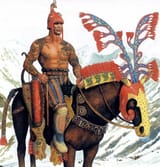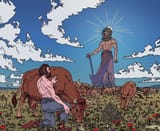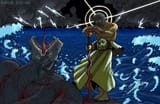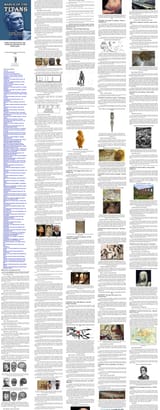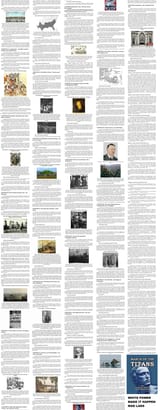Anonymous
8/28/2025, 1:58:45 AM
No.17954991
>>17955364
>>17955366
>>17955398
>>17955419
>>17955826
>>17955865
What made the proto europeans so good at expanding?
Why were they able to migrate from and invade most of Eurasia? Seems like the steamroller past everyone and nobody seems to stop them. From Europe to Afghanistan to China and India and syria. What made them expand so easily compared to their neighbors?
